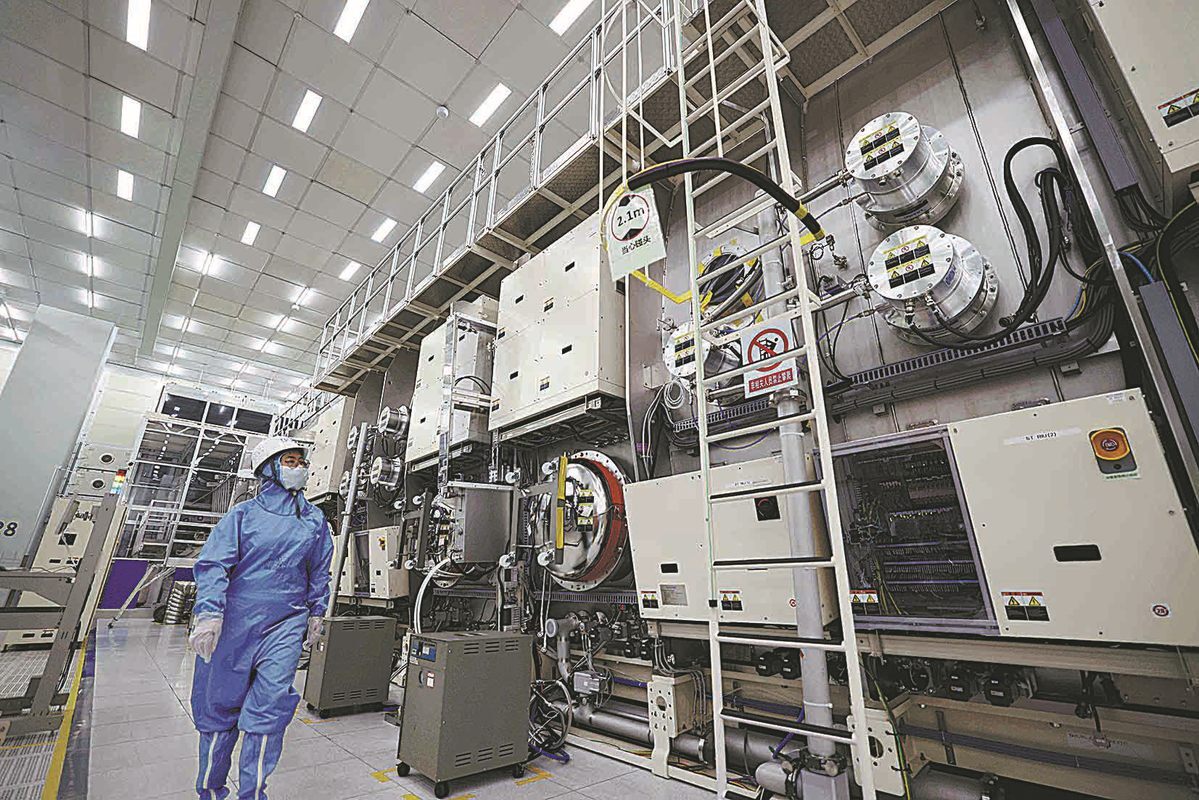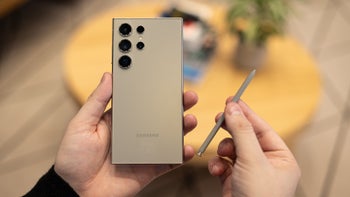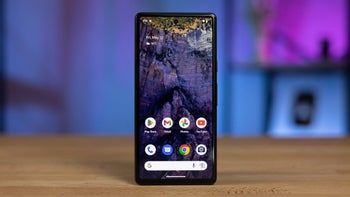BOE, supplier of OLED panels for the iPhone, deals with power rationing at its factory in China

As Apple has its contract manufacturers like Foxconn and Pegatron building the new 2022 iPhone 14 series that will be unveiled in under four weeks, there have been some issues. The company has had to deal with the chip shortage, a shortage of workers, and problems with the coating on the cameras of some units reportedly cracking. Now, you can add power rationing to the list since it is affecting production at display supplier BOE at its factory in Sichuan, a province in China.
The rationing of power is due to a record-breaking heatwave in Sichuan province that has forced authorities in several cities to call for power rationing. As a result, some companies in the region have been forced to cut production. According to weather forecasters, the temperature in the province on Thursday is expected to hit 98 degrees and it will feel like well over 100 degrees. The average temperature in the province this time of the year is usually 86 degrees.
BOE almost cost itself a hard-earned position as a supplier to Apple by unilaterally changing specs on its iPhone 13 displays
Reuters reports that BOE says it will have to "make adjustments" and it expects that there will be "no major impact on its overall operating performance." BOE has four assembly lines turning out displays in its Sichuan factory. Two produce LCD screens while the other two churn out AMOLED displays. TF International's reliable Apple analyst Ming-Chi Kuo points out that the company makes a small number of displays for the iPhone 13 series and older models.

Apple has given BOE a second chance to supply it with displays for the iPhone
BOE could also end up supplying Apple with some screens for the iPhone 14 series. If so, it means that Apple is desperate enough to find suppliers for its iPhone 14 screens that it dismissed BOE's unilateral decision to widen the width of the thin film transistors (TFT) used on its OLED panels for the iPhone 13 models without informing Apple. For some reason, BOE was delusional enough to believe that Apple wouldn't notice.
Apparently, BOE's displays were failing quality-control tests and as a result, it decided to make things easier for it by widening the width of the transistors being used by the screens. Yes, BOE's little cheat did manage to hike its yields, but it almost cost the company its hard-earned relationship with Apple when the latter figured out the scheme. Lucky for BOE, Apple did decide to give it another chance although as we said, the suits in Cupertino might have begun to feel the sweat beads of desperation first.
Apple is expected to supply the iPhone 14 Pro models with high-quality OLED panels
Apple is expected to introduce four new models next month. We should see the 6.1-inch iPhone 14, the 6.7-inch iPhone 14 Max, the 6.1-inch iPhone 14 Pro, and the 6.7-inch iPhone Pro Max. Apple is expected to use a better quality display on the Pro models than on the non-Pro models.
Besides the above example, we should see Apple differentiate the Pro and non-Pro models like never before. For example, the Pro models will be powered by the new 4nm A16 Bionic chip while the non-Pro models will be equipped with last year's 5nm A15 Bionic. In addition, the Pro models will get the new "i cutouts" while the non-Pro models are stuck with the same old notch. And there is more. The premium iPhone 14 handsets will come with 6GB of faster LPDDR5 memory as opposed to the 6GB of slower LPDDR4X on the less-expensive models.
And there are also the usual differences in the camera department, and of course, the Pro models will have the ProMotion display that offers a variable refresh rate that redraws the display up to 120 times each second. And of course, you can expect a difference in pricing between the Pro and non-Pro iPhone 14 models.










Things that are NOT allowed: